Social Issues Posts on Crowch
The summer of 2025 witnessed one of the most significant moments in competitive gaming — the Esports World Cup (EWC) 2025 in Riyadh. With a record-breaking prize pool of over 70 million dollars, the event set a new benchmark for professionalism and global recognition in esports.
🌍 Scale and Reach
From July 8 to August 24, more than 2,000 players and 200 teams competed across 25 game titles. The event featured a club championship, individual tournaments, qualifiers, and MVP awards. Its unprecedented scale positioned EWC as a cornerstone of the global sporting calendar.
⚡ New Disciplines and Innovation
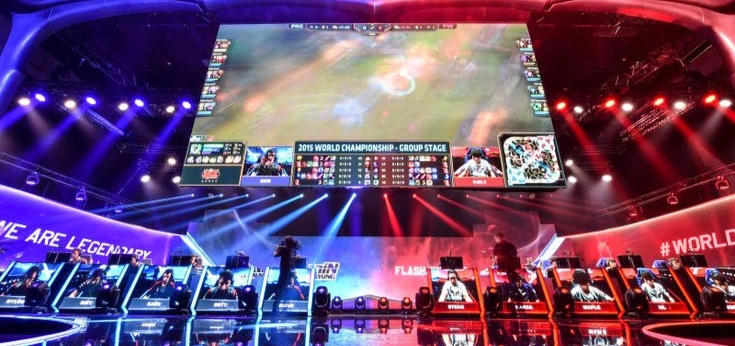
For the first time, games such as Chess, CrossFire, Fatal Fury, and Valorant were added to the program. Alongside classics like Dota 2, League of Legends, and PUBG Mobile, the tournament attracted a massive worldwide audience. Esports in 2025 proved it could bridge traditional and digital competition.
🌟 Star Ambassadors
Global stars added even more appeal. Football legend Cristiano Ronaldo became the official ambassador of EWC 2025, bridging traditional sports and esports. Meanwhile, chess grandmaster Magnus Carlsen triumphed in the chess event, proving that esports is evolving beyond conventional boundaries.
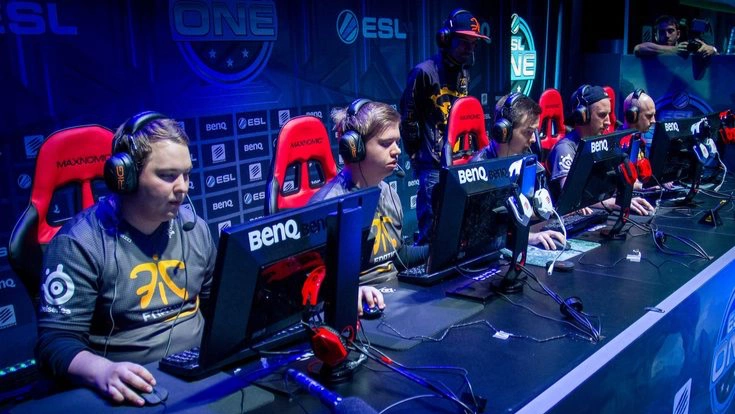
🏆 Club Format
The Club Championship awarded 27 million dollars to top-performing teams across multiple games. This format highlighted not only individual excellence but also organizational strength, versatility, and long-term stability.
🌐 Geopolitics and Future Legacy
EWC 2025 was part of Saudi Arabia’s Vision 2030 strategy to expand its gaming and sports ecosystem. The event reinforced the nation’s role as a global hub for entertainment and esports. Future initiatives include the Esports Nations Cup and even the Olympic Esports Games, marking the long-term growth of competitive gaming.
The Women’s Rugby World Cup 2025 became one of the most anticipated sporting events of the year. Held in England from August 22 to September 27, it not only marked the 10th anniversary of the tournament but also represented a new stage in the development of women’s sports.
For the first time, 16 teams competed. This expansion allowed more nations to showcase their talent and increased public interest. From Sunderland to London, arenas were filled with tens of thousands of fans, and the grand final at Twickenham was a true celebration of rugby.
The motto of the championship, “This Energy Never Stops,” perfectly captured the essence of the tournament: passion, resilience, and an unstoppable drive for victory.
📈 Rising PopularityTicket sales exceeded 375,000 — a record-breaking figure showing that women’s rugby is capturing the hearts of millions and becoming a major part of global sports culture.

🌍 Global ReachThe 2025 edition highlighted the sport’s international growth. Brazil made its World Cup debut, symbolizing rugby’s expansion into Latin America. Teams from Africa and Asia added even more diversity, paving the way for future generations of athletes.
💪 Power of InspirationThe tournament inspired young girls worldwide. Strong, determined, and charismatic athletes became role models, proving that sport builds confidence, leadership, and opportunity.
⚡ Commercial SuccessWomen’s rugby has become a rising force in the sports economy. Sponsorships, media coverage, investments, and record broadcast numbers show that the game is not only thrilling but also commercially sustainable.

✨ ConclusionThe Women’s Rugby World Cup 2025 was more than a tournament — it was a statement about equality, inspiration, and the unstoppable energy of women’s team sports. It is now clear: women’s rugby has entered a golden era, where the energy never stops.
October is a month painted in pink. It reminds us of the importance of taking care of our health, of the strength of support, and of the power of hope to change lives.
Breast cancer remains one of the most common cancers among women worldwide. Yet it is also a disease that can and must be fought. Modern methods of diagnosis and treatment give thousands of people a chance, and early detection often becomes the key to survival.
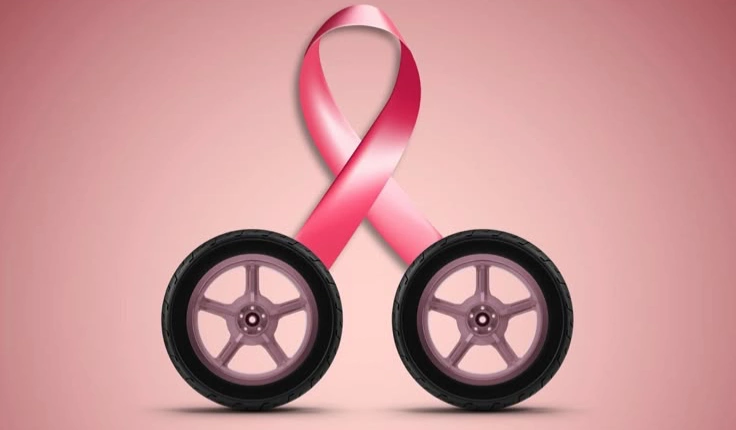
But Breast Cancer Awareness Month is not only about medical facts. It is, above all, about people. About women who find the strength to keep fighting every single day. About families who stand as a solid pillar of support. About doctors who put their hearts and knowledge into giving patients a future.
What does this month stand for?
- Reminder. Check your health. Don’t postpone doctor visits. Self-exams and regular screenings can save lives.
- Support. No one facing the disease should feel alone. Every smile, every kind word of encouragement matters.
- Hope. Stories of recovery inspire us and show that victory is possible.
- Unity. Millions of people around the world wear the pink ribbon to say: “We are together.”

Breast Cancer Awareness Month is a time to act. To take a step for yourself and for others. To share information, support a charity, remind loved ones about prevention. Even the smallest gesture can make a huge difference.
🌸 October in pink is a symbol of life, strength, and the future. A future where knowledge and solidarity are stronger than fear.
On December 5, the world celebrates International Volunteer Day — a day dedicated to people who give a part of themselves for the sake of others. This day is not just another date on the calendar; it is a symbol of hope, solidarity, and the belief that the future of humanity is built on acts of kindness. Volunteers do not ask for fame or rewards. Their greatest achievement is the positive change they bring to someone’s life, often quietly and humbly.
✨ Volunteering as a way of life
For some, volunteering means a few hours a week spent at an animal shelter, planting trees, or joining a local community project. For others, it becomes a lifelong mission: helping children in need, supporting the elderly, or standing by those who have lost everything. Despite different stories and paths, all volunteers share one thing in common — the desire to make the world a little better than it was yesterday. Volunteering is not only about helping others; it is also about personal growth, empathy, and finding a deeper meaning in life.
🌱 Volunteers as agents of change
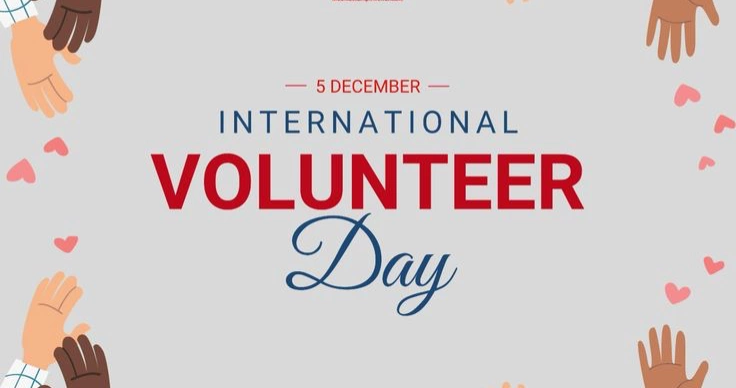
History and everyday life show us that volunteers are often the first to act when disaster strikes. They are the ones who step in during crises, offer support to those who have lost hope, and provide comfort where it is most needed. Their actions may not always be visible in statistics or headlines, but they leave an undeniable mark on communities and individuals. Every meal served, every lesson taught, every hand extended creates ripples of change that go far beyond what we can measure.
🤝 The power of unity
International Volunteer Day also reminds us of the strength that comes from unity. Volunteers come from all walks of life — different countries, ages, and professions — yet they are united by a shared commitment to goodness. This day is a celebration of solidarity, when millions of people can feel connected by the simple idea that helping others is one of the most powerful ways to change the world. It is a day when humanity feels like one big family.
🔮 Looking into the future
The challenges of the modern world are becoming more complex: climate change, social inequality, humanitarian crises. Governments and organizations cannot face them alone. Volunteers are often the bridge between a problem and its solution. They bring flexibility, creativity, and a human touch to issues that might otherwise seem too overwhelming. Through their actions, they contribute to the United Nations Sustainable Development Goals, create environmental and healthcare initiatives, support education, and strengthen communities. Their energy and dedication show us what a future based on respect, equality, and care might look like.
💡 The message of the day
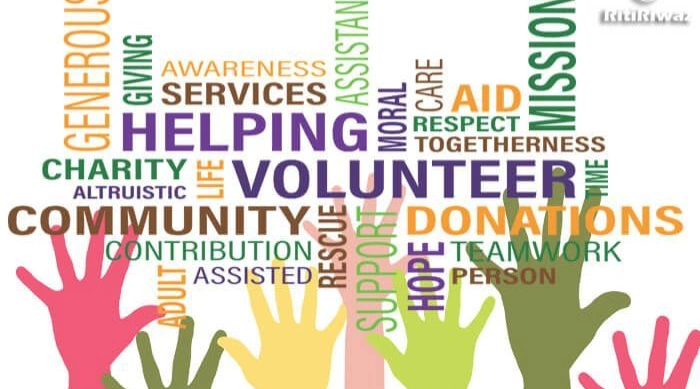
International Volunteer Day is both a day of gratitude and a call to action. On December 5, we thank those who dedicate their time, effort, and hearts to helping others. But we also remind ourselves that anyone can be a volunteer. You do not need extraordinary resources to make a difference. Sometimes it takes only one smile to give hope, one gesture to show care, or a few hours of your time to change another person’s life.
This day encourages us to see volunteering not as something rare, but as something natural — a way of living in harmony with others and with the world around us. The message is simple yet powerful: doing good is easy, and the power of kindness is limitless.
December 5 unites millions of people around the world. On this day, we celebrate International Volunteer Day, dedicated not to loud achievements or awards, but to quiet, often unseen acts that change lives for the better.
🤲 Kindness without borders
Volunteers can be found in every country. They help rebuild after natural disasters, distribute food and clothing, care for animals, and take part in educational and medical projects. Their efforts know no borders or languages — the language of kindness is universal.
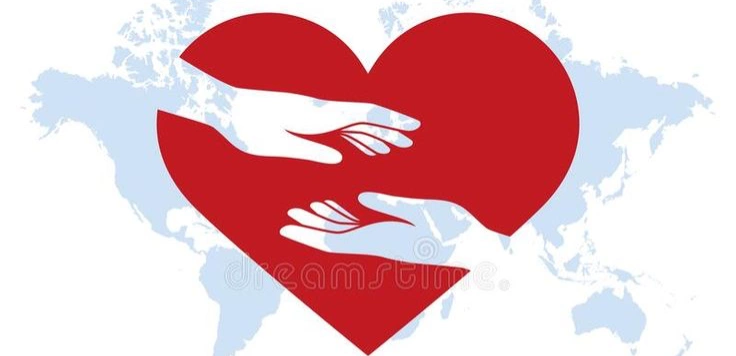
🔑 Why it matters
Volunteering is not only about helping others. It is a way to feel that your life has meaning. Each good deed creates a chain of positive changes: inspiring others, strengthening community spirit, and building trust.
The UN emphasizes that the power of volunteers is essential for tackling global challenges — from protecting nature to fighting inequality. But it is important to remember: every small act counts, because kindness multiplies.
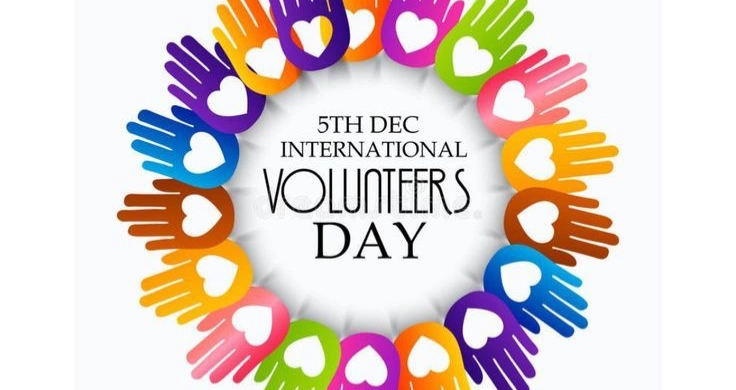
💬 A story behind each act
Every volunteer has a story. Some joined after receiving help themselves. Others sought friends and community. Some simply wanted to give a piece of their time to the world. These stories prove: volunteering is available to everyone, regardless of age, profession, or background.
🌍 A day of gratitude and invitation
International Volunteer Day is not only about recognition, but also an invitation to join in. The world needs kind hearts and willing hands. Sometimes a smile is enough to bring hope. Sometimes a few hours can change someone’s life.
✨ The message of the day
On December 5, we thank all volunteers and remind ourselves: doing good is simple, and the power of kindness is limitless.
Every year on December 5, the world says “thank you” to those who give without expecting a reward. International Volunteer Day reminds us that change doesn’t begin with big words, but with small steps taken from the heart.
✨ Stories that inspire
A volunteer is a student helping children study after class. A retiree caring for stray animals. A doctor traveling to disaster zones to save lives. A teenager picking up litter in the park for a cleaner future.
Each one contributes, and together they change our world.
🌍 Volunteers and global goals
The UN emphasizes that without volunteers, it is impossible to achieve the Sustainable Development Goals: ending hunger and poverty, protecting the planet, ensuring education for all. Volunteers are the bridge between global ideas and real action.
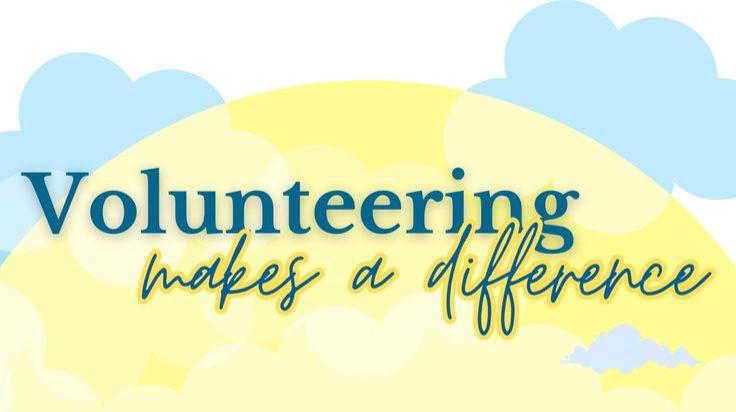
🤝 Why it matters
Volunteering unites. People of different ages, professions, and cultures work together for a shared future. It teaches us to trust, to give, and to feel the strength of solidarity.
🕊️ A day of gratitude
On December 5, events are held worldwide: flash mobs, charity fairs, concerts, and environmental campaigns. But the main message of the day is simple — to thank every volunteer and to show that their work matters.
💡 The message of the day
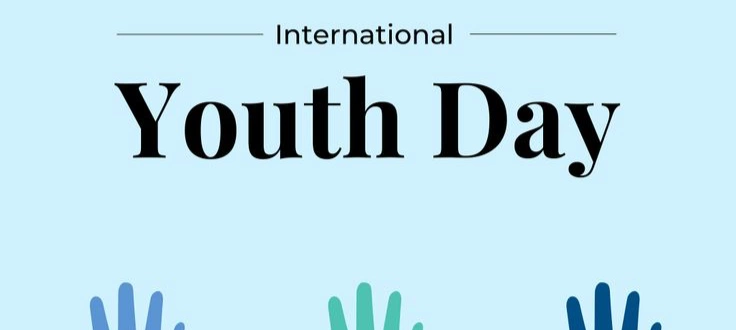
International Volunteer Day is not only about gratitude, but also an invitation: everyone can be a volunteer. Sometimes just one hour of your time is enough to change someone’s life.
On December 10, when the world observes Human Rights Day, we are reminded that the foundation of freedom and equality lies not only in laws and declarations but also in knowledge. Education shapes a person’s understanding of their rights, teaches respect for others, and nurtures responsibility for the future of society.
Education and human rights
The Universal Declaration of Human Rights, adopted in 1948, explicitly affirms the right of everyone to education. Education is not only about acquiring knowledge but also about developing critical thinking, learning to distinguish truth from manipulation, and building an active civic mindset. In today’s world, it is one of the most powerful tools to prevent discrimination and violence.
Schools — the first step toward a culture of peace
From an early age, children can learn to respect differences and understand the value of cultural and personal diversity. Lessons in history, literature, and the arts help foster empathy and tolerance. It is important that education goes beyond transferring knowledge and also cultivates a culture of dialogue and cooperation.
Universities and youth
Higher education allows young people not only to gain a profession but also to become active participants in social change. Students are increasingly engaged in international projects and discussions on global challenges — from climate change to digital rights protection. Universities are becoming spaces where ideas for a just and sustainable society are born.
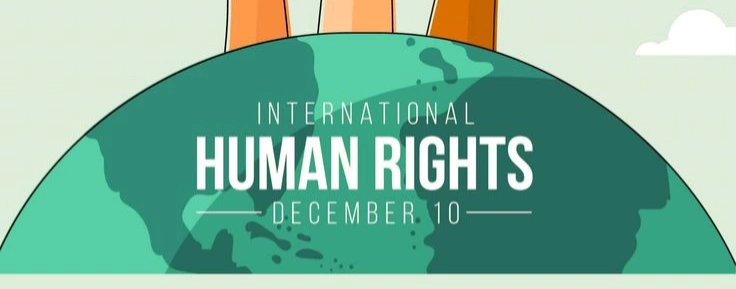
The culture of peace
Education extends beyond schools and universities — it also includes informal learning such as courses, volunteer programs, and cultural exchanges. These opportunities help people from different countries and cultures better understand one another, break down stereotypes, and build trust. A culture of peace is born where people learn to listen and respect each other.
Modern challenges
Today, millions of children worldwide are deprived of access to education due to poverty, war, or discrimination. This threatens the future of entire generations. In the digital age, it is crucial to ensure equal access to knowledge so that technology does not deepen the divide but instead helps to bridge it.
Conclusion
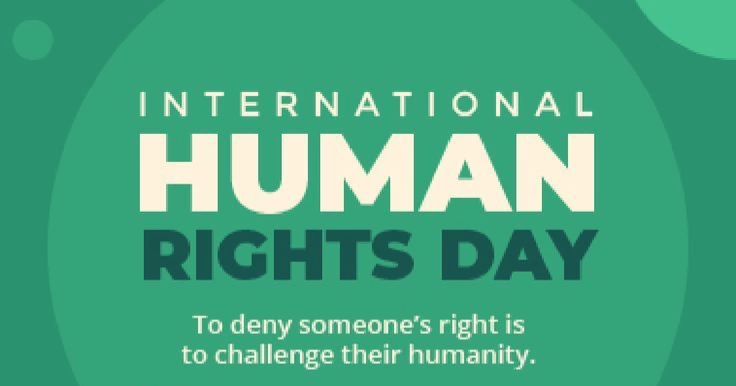
Human Rights Day is a reminder that education is the key to building a world where the freedom and dignity of every person are respected. Only through knowledge and the cultivation of a culture of peace can we create a society where human rights are not just slogans but reality for all.
Every year, on December 10, the world observes Human Rights Day — a date that symbolizes the universal values of freedom, equality, and justice. On this day in 1948, the United Nations General Assembly adopted the Universal Declaration of Human Rights, a cornerstone of modern international law and the protection of human dignity.
Historical significance
The Universal Declaration of Human Rights was a response to the horrors of World War II. It enshrined the fundamental rights and freedoms inherent to every individual: the right to life, freedom of speech, education, work, equality before the law, and protection from discrimination. This landmark document inspired dozens of national constitutions and international treaties, becoming the foundation of the global human rights system.
Modern challenges
Despite remarkable progress, challenges remain. Around the world, people still face discrimination, violations of free expression, and inequality in access to education and healthcare. In the 21st century, new concerns have emerged: cybersecurity, data protection, the rights of migrants and refugees, and climate justice — as climate change directly impacts the right to life and health.
The role of citizens and society
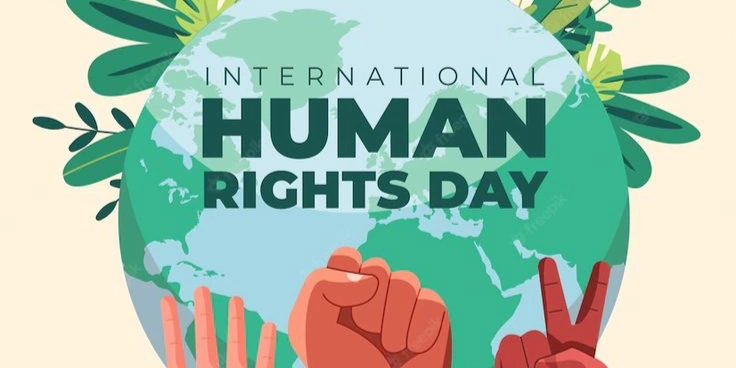
Human Rights Day reminds us that the protection of rights cannot be left solely to governments or international organizations. Every individual can contribute — whether by supporting human rights initiatives, participating in educational projects, or simply showing respect and dignity toward others in daily life.
The importance for youth
Young people play a particularly crucial role. New generations are driving forces of change, raising issues of social justice, equality, and inclusion. They are shaping a culture of active citizenship and carrying the values of human rights into the future.
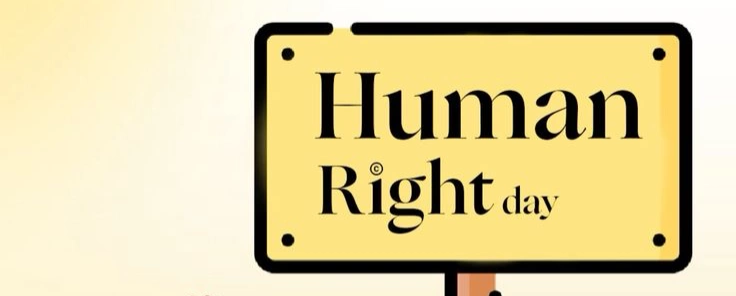
A day of action, not just remembrance
December 10 is not just another date on the calendar. It is a reminder that human rights are not abstract principles but the foundation of everyday life. It is a day of solidarity and action: organizing events, campaigns, discussions, and educational initiatives that strengthen respect for dignity and freedom for all.
Conclusion
Human Rights Day is not only an occasion to remember the principles adopted over 70 years ago but also a chance to reflect on what each of us is doing to make them a reality today. Only through collective effort can we build a just world where rights and freedoms are not empty slogans but a lived reality for all people.
On December 9, the world observes the International Day of Commemoration and Dignity of the Victims of the Crime of Genocide and of the Prevention of this Crime. This day is not only about mourning the millions of lives lost but also about finding ways to prevent such tragedies in the future. One of the most powerful tools for prevention is education.
Why education matters
Genocide never erupts overnight. Its roots lie in intolerance, prejudice, stereotypes, and the spread of hate speech. Schools, universities, and educational initiatives can serve as shields against these dangers by fostering critical thinking, respect for diversity, and the ability to recognize propaganda.
Lessons from history
Studying the tragedies of the 20th century — the Holocaust, Rwanda, Cambodia, the former Yugoslavia — helps younger generations understand the consequences of silence and indifference. History becomes not just a collection of facts but a warning: such horrors can happen again if societies remain passive.
A culture of remembrance
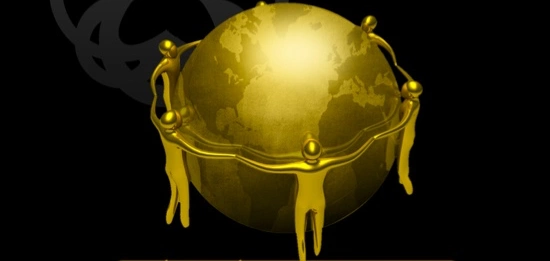
Commemorative dates, museums, documentaries, and survivor testimonies create a culture of remembrance. This culture teaches us to value human life and respect every individual’s right to exist. When young people hear the stories of survivors, numbers turn into faces, and statistics transform into human suffering.
Education through dialogue
Education goes beyond classrooms. It includes public discussions, cultural projects, and responsible media work. It is crucial to create spaces for dialogue where difficult topics can be addressed openly, fostering empathy and mutual understanding.
The role of individuals
Each person can contribute to prevention by sharing knowledge, countering disinformation and intolerance, and supporting initiatives that promote respect and understanding. Small actions by millions of people together lead to global change.

Conclusion
The International Day for the Prevention of Genocide reminds us that laws and political decisions alone are not enough to stop such crimes. Real protection is built in people’s minds and hearts — through education, awareness, and a culture of remembrance.
Every year on December 9, the international community observes an important date — the International Day of Commemoration and Dignity of the Victims of the Crime of Genocide and of the Prevention of this Crime. This day serves as a reminder of the darkest pages of human history and of the dangers of indifference and inaction in the face of hatred.
Historical background
On December 9, 1948, the United Nations General Assembly adopted the Convention on the Prevention and Punishment of the Crime of Genocide. This landmark document was the first international treaty to define genocide as a crime and establish the responsibility of states to prevent and punish it.
Since then, the world has witnessed tragic events — from the Holocaust to the genocides in Rwanda, Cambodia, Bosnia, and beyond. Each of these episodes represents not only immense human suffering but also a painful lesson humanity must never forget.

Why remembrance matters
Honoring the victims of genocide is not only an act of respect for those who perished, but also a warning for future generations. Forgetting past atrocities risks allowing them to happen again.
Genocide never begins overnight — it is preceded by discrimination, hate propaganda, and the dehumanization of entire groups. Recognizing these warning signs early and responding effectively is key to prevention.
The role of the international community
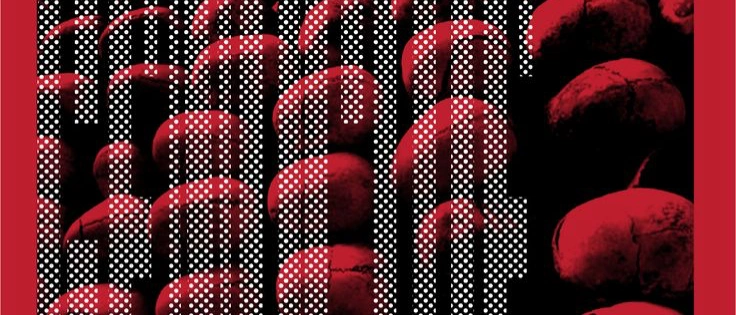
The United Nations and other global organizations call on states to strengthen mechanisms for early warning, protect human rights, defend vulnerable populations, and promote cultures of peace and tolerance.
Citizens also play a crucial role: by standing up to hate speech, fostering dialogue between cultures, and refusing to remain indifferent to injustice.
A day of reflection and action
December 9 is not only a day of mourning and remembrance but also a call to action. Each of us can contribute: by engaging in educational initiatives, supporting human rights projects, or simply practicing respect and tolerance in everyday life.
Conclusion
The International Day of Commemoration and Dignity of the Victims of the Crime of Genocide and of the Prevention of this Crime reminds us that responsibility for the future rests with all of us. By remembering the tragedies of the past, we commit to building a society based on dignity, respect, and peace. Only then can we ensure that such crimes never happen again.